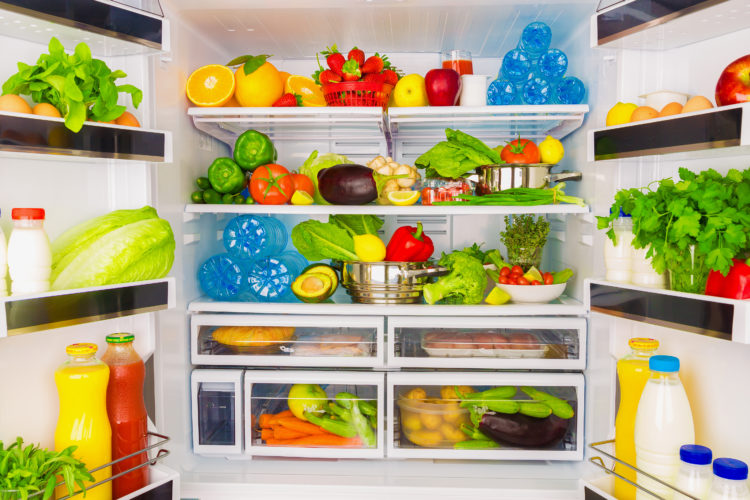People should eat safe and nutritious food to stay healthy and live longer. However, some viruses and bacteria can invade food, making it unfit for human consumption. Experts use food microbiology testing to ensure that food processing industries supply clean and safe food to the public. This way, they prevent major foodborne illnesses and deaths. Below are essential things about food preservation, safety, and shelf life extension.

Food Preservation
This method involves storing food in a nature that prevents microbial activities and invasion by microorganisms. Various ingredients that are clean and of high quality are used in food preservation. However, different products require different methods of preservation to ensure safety and hygiene. Some common forms of food preservation include;
Drying: This method involves the removal of excess moisture from food to prevent microbial growth. Then food is packaged and stored.
Canning: Here, food is packed in a container. This container is then subjected to heat enough to kill any pathogens present. Each product requires a unique process approved by FDA or USDA.
Smoking: traditionally, this food preservation method was used to preserve meat by killing bacteria using smoke. However, today, this method is used to add flavor. Smoke dips or injections make this method easier.
Salt: Though salt is a cheap method of food preservation, it would be best if one used a salt concentration of less than 10%. It helps to prevent the growth of Clostridium botulinum which causes food spoilage.
Sugar: This method is effective in preserving confections. It’s also to manufacture jelly and jam. However, each product requires a specific concentration of sugar to limit microbial growth.
Pickling: Salt pickles such as salami and sauerkraut are mostly used on acidified foods. Foods are packed using hot, acid brine to ensure they stay longer on the shelves.
Food Safety
Eating unsafe food leads to malnutrition and diarrhea, which causes thousands of deaths each year. The most affected are infants, kids, the elderly, pregnant women, and those living with underlying conditions. That’s why several organizations, including The International Conference on Food Safety and International Forum on Food Safety and Trade, aim at achieving Sustainable Development Goals.
Food production companies have the main responsibility of ensuring healthy production and distribution. However, those handling foods in the markets and at home cause more food contamination. That’s why people should learn about the hygiene practices needed to handle food, including those selling in the market and those preparing meals at home.
Hence, policymakers ensure a safe food chain from the processing companies to the consumers. They test these foods in labs to ensure no contaminated food is distributed. They also collaborate with various sectors such as public health and agriculture, integrate food safety into multiple programs and ensure that even food imported globally is safe.
Food handlers and consumers should familiarize themselves with what they cook and eat. Again, they should practice WHO five keys to safer food and use WHO five keys to growing safer vegetables and fruits to reduce microbial contamination.
Shelf Life Extension
This involves using certain storage conditions to prevent microbial growth. Some common methods of shelf life extension include;
Freezing: The small sizes of ice crystals formed on preserved foods extend the shelf life for several years. There are several methods of freezing, including blast freezing, plate freezing, scraped surface heat exchangers. All these methods are used on different products.
Vacuum-packing and shrink wrapping: These methods extend the food shelf life by two weeks at most. It’s used mostly on meat and fish products. However, due to the risk of pathogens in anaerobic bacteria, refrigeration is crucial.
Chilling: This method of shelf-life extension is done in a blast chiller cabinet. However, large production industries can use spiral chillers. Cooling of liquids is either done using the plate and scraped surface heat exchangers.
Modified Atmosphere Packaging (MAP) and Controlled Atmosphere Packaging (CAP):
These methods are used to extend shelf lives of dairy, poultry, fish, and chilled meat. The atmosphere inside the packaging of these products is packaged to prevent spoilage. Machinery setup is an expensive method used to help in the process. However, a different gas flushing version is preferred because it’s cheaper.
Food safety during processing, distribution, and consumption is vital to prevent diseases. During food packaging and preservation, those responsible should be careful to avoid contamination. Again, shelf life extension methods should be carried out as required.
 2018 ·
2018 ·
Leave a Reply